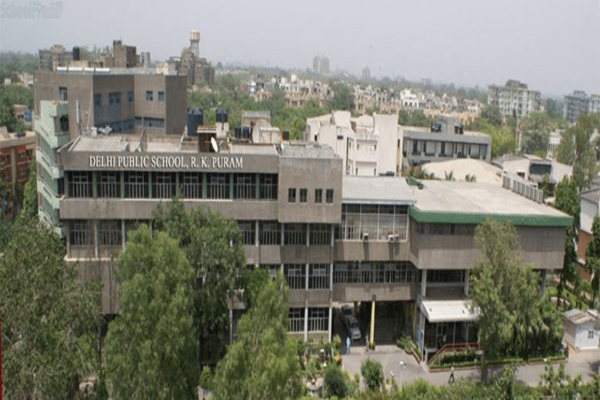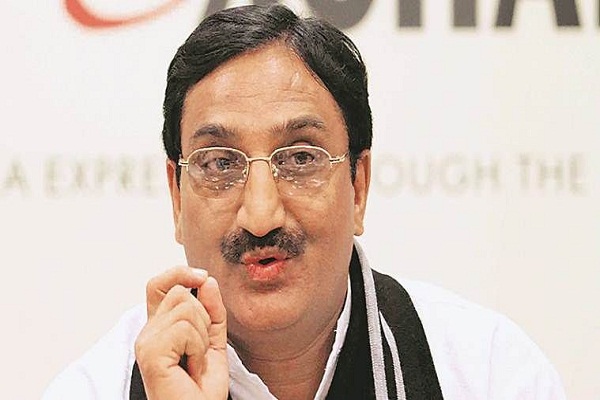
“The National Education Policy 2020 can be linked to the transformative moment of the 1991 new industrial policy that revolutionized India’s landscape of liberalisation, privatisation, and globalisation. Just as the new industrial policy unleashed Indian industry to become globally competitive, the NEP 2020 has the potential to unlock the nation’s vision and make it aspire to reach new heights”, shared Dr. Shashank Shah, Director (Senior Specialist – Higher Education), NITI Aayog at 24th Elets World Education Summit in Hyderabad.
“I would like to highlight a few points that emphasise the macro role of higher educational institutions and higher education itself, and how the NEP enables us to fulfill that role. Higher education, as a system, plays a crucial role in the task of nation-building. While we have discussed several micro issues, I want to draw your attention to a few macro issues and opportunities”, said Shah.
“To begin, I would like to quote from a UNESCO report, which stated that in the next 30 years, more students will pass through the doors of higher education than ever before in recorded history. India, in particular, will contribute the highest number of students, with 20 universities enrolling 1.75 lakh students and counting”, added Dr. Shashank.
“In 1950, we had only 7 universities in India. Today, we have 1,043 universities catering to nearly four crore students, with a Gross Enrollment Ratio (GER) of 27 percent at the national level. Now, we aim to double this ratio and reach 50 percent, which means accommodating eight crore students in the higher education system. Effectively, in the next 25 years, an estimated 100 crore students from India will pass through higher education in some form or another. The question is, are we prepared for this influx?
The World Economic Forum has identified complex problem solving, collaboration, communication, critical thinking, creativity, negotiation, decision-making, and ethical orientation as core skills required for success in the 21st century. As India aims to become the third largest economy and works towards achieving net-zero emissions, every aspect of its growth story must align with the Sustainable Development Goals (SDGs). The higher education system has a crucial role to play in this alignment.
He further stated 3 key focus areas of NEP: The NEP focuses on three key areas: access, quality, and future readiness. “However, there are additional aspects that deserve attention. First, higher education institutions must be prepared to educate a substantial number of students in the coming years. Second, empowering students and faculty to translate ideas into ventures that contribute to the economy and livelihoods is vital. Higher education institutions can play a transformative role in commercialising research and technology transfer, creating jobs, and boosting the economy. Lastly, these institutions should strive to solve the problems and challenges faced by the nation. By becoming citadels of knowledge, they can contribute to strategic areas, economic impact, emerging fields, post-pandemic issues, and preserving traditional knowledge systems. Higher education institutions have the potential to go beyond providing degrees and jobs. They can align their efforts with the nation’s broader objectives, address areas of national importance, and contribute to India’s centenary year goals. By embracing their role as knowledge repositories and fostering innovation, these institutions can shape the future by producing graduates who can make a meaningful impact in various domains. The National Education Policy serves as a roadmap to guide higher education institutions in achieving these objectives, and their success will contribute to India’s progress toward its vision for 2047 and beyond”, Shah concluded.
























